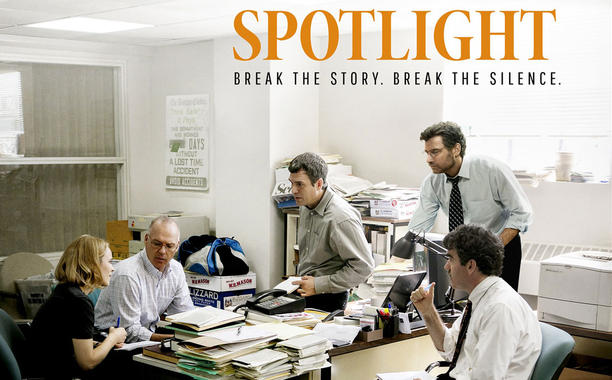SUGARPLUM: Reichlen
CAVALIER: T. Angle;
DEWDROP: M. Fairchild;
HERR DROSSELMEIER: La Fosse+;
MARZIPAN: Lovette;
HOT CHOCOLATE: Muller, Applebaum;
COFFEE: Krohn; TEA: Villarini-Velez;
CANDY CANE: Ball;
MOTHER GINGER: Sanz;
FLOWERS: Mann, Adams;
DOLLS: Von Enck, MacKinnon;
SOLDIER: Kayali;
MOUSE KING: Thew;
FRAU & DR STAHLBAUM: Anderson, Catazaro
We saw New York City Ballet perform 'George Balanchine's The Nutcracker' on the evening of our 49th anniversary. We've probably seen this production over 70 times and it is always a high point of our holidays. Of course the Company has been performing it since February, 1954, well before either of us had arrived in New York City.
At this performance the orchestra, conducted by Stuart Capps, was merely adequate. This was a small-scaled, conventional reading of Tschaikovsky's famous and familiar score that would not be out of place in any elevator in town. It lacked the grand sweep and subtle nuance that this production requires to be its very best.
Despite these musical reservations, it was a unique performance filled with wonderful dancing and special theatrical felicities. Marika Anderson and Zachary Catazaro presided over the opening party scene with warmth and grace. The guests and their children (students from the School of American Ballet) were just at the sweet spot in this 46-performance run where they become comfortable in their roles, but are not yet bored. Aaron Plous as Fritz was gleefully mischievous, Natalie Glassie wavered between solemn and sweet as Marie (and later as The Little Princess) and F. Henry Berlin as Drosselmeier's nephew (later The Nutcracker and The Little Prince) was suitably handsome, polite and aloof.
 |
| Robert LaFosse as Herr Drosselmeier reveals the nutcracker in the Party Scene. Photo by Andrea Mohin for NYTimes |
The giant mice arrived to menace Marie, the tree grew, the army of toy soldiers assembled to defend her, and the Nutcracker was awakened to do battle with the multi-headed Mouse King. Then the Nutcracker was transformed into the Little Prince who crowned Marie his Little Princess and lead her into the Land of Snow.
 |
| Snowflakes in the blizzard. Photo by Andrea Mohin for NYTimes |
 |
| Corps of sixteen Snowflakes. Photo by Paul Kolnik for NYC Ballet |
 |
| Teresa Reichlen as the Sugarplum Fairy. Photo by Paul Kolnik for NYC Ballet |
Among the dancers in the divertissements, I was particularly impressed by the stretch and snap Gwyneth Muller's Hot Chocolate; by the crisp swagger of Harrison Ball's Candy Cane; and by the delicacy and clear articulation of Lauren Lovette (newly returned from surgery) as the Marzipan Shepherdess. The voluptuous sensuality of Rebecca Krohn's Coffee was nearly undone by the intransigent tempo from the pit, but she prevailed.
 |
| Rebecca Krohn as Coffee. Photo by Paul Kolnik for NYC Ballet |
 |
| Megan Fairchild as Dewdrop in Waltz of the Flowers. Photo by Paul Kolnik for NYC Ballet |
 |
| Children's Ballet Master Dena Abergel rehearsing the children from the School of American Ballet. Photo by Agaton Strom for Wall Street Journal |
The grand pas de deux for the Sugarplum and her Cavalier is usually the crest of this enormous swell of dance invention. Since Ms. Reichlen stepped in to replace Sara Mearns -- who was injured when her shoe split apart on her first entrance as Dewdrop earlier in the season -- I assume that Reichlen and Tyler Angle had limited rehearsal time together. Both are gifted dancers -- who may even have danced these roles together in previous seasons -- but here they were missing the ultimate polish that makes this piece truly unforgettable. They were fine, but the arc of dance perfection had crested a few moments earlier with Megan Fairchild's exquisite (and show-biz savvy) Dewdrop.
* * * * * * * * *
** One year we attended a seminar at the School of American Ballet where Peter Boal (then a member of SAB's faculty) taught The Little Prince's mime scene to one of the student candidates for the part of The Little Prince. Peter's explanation of the gestures always comes back to mind whenever we watch this mime scene unfold.
 |
| Peter Boal as The Little Prince in 1975. Photo by Martha Swope |
As a young student Peter Boal first danced in Balanchine's Nutcracker as a party guest, before undertaking the role of Drosselmeier's Nephew/The Nutcracker/The Little Prince at age ten in 1975 -- when George Balanchine was still alive and actively involved in staging the ballet. A few years later Peter was the teen-age boy who crouches under the bed and provides its locomotion. He went on to dance most of the adult roles in the ballet culminating with The Sugarplum Fairy's Cavalier. In 2014 he even made one guest appearance with NYC Ballet as Herr Drosselmeier.
As the Artistic Director of Pacific Northwest Ballet, Peter has just unveiled his own staging of Balanchine's Nutcracker for that company. He will play the role of Herr Drosselmeier at several PNB performances this season.
The Little Prince has been the launching pad for several distinguished ballet careers in addition to Peter Boal's -- including those of Eliot Feld (who originated the role) and Jacques d'Amboise.
 |
| Jacques d'Amboise as The Little Prince. Photo by Martha Swope |
And don't forget that as a student in St. Petersburg, George Balanchine played The Little Prince himself. In the early days of this production Balanchine also played Herr Drosselmeier -- including in the first television production of the ballet.










































